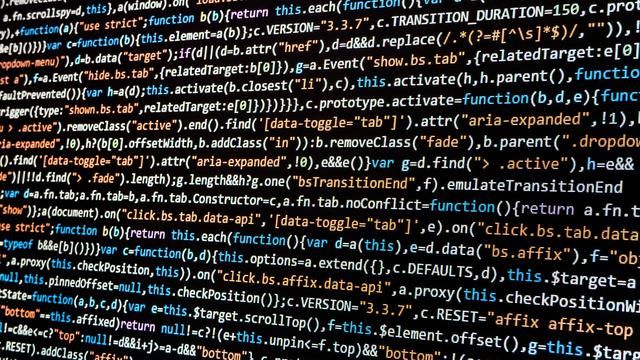In this modern era there has been digitalization globally. Where almost everything is digital-based, both applications and websites. This makes computer programming languages important for humans. Reporting from the Encyclopedia Britannica, a computer programming language is a language for expressing a detailed set of instructions for a computer.
We can ask humans to do a job by speaking in a language they understand, both Indonesian and English. Likewise with computers, to be able to speak and give commands to computers, humans must use computer programming languages.
In general, programming languages are divided into 4 groups, namely:
1. Object Oriented Language (Visual dBase, Visual FoxPro, Delphi, Visual C)
2. High Level Language (such as Pascal and Basic)
3. Middle Level Language (such as C language), and
4. Low Level Language (such as Assembly language)
Computer Programming Language Functions
The main function of a computer programming language is to give instructions to a computer. Programming language is a medium of communication between humans and computers. So that humans can instruct machines specifically what to do through programming languages.
In addition to functioning as a communication medium, computer programming languages also function as a system development medium. With the programming language, various applications that help human life can be developed. For example search websites, online store applications, to online transportation transportation applications.
Computer programming languages can also help humans to do work with more precision. Reporting from Computer Science, this language allows computers to process large and complex information quickly, efficiently, and with precision (avoiding human errors).
Programming Language Levels
Computer programming languages don’t just exist. The language was created and developed along with the times. This makes the programming language consists of several levels as follows:
- Low Level Programming Language
Machine language is the most basic level of programming language. It is the language that was first used to build digital systems. Machine language consists of binary numbers, namely the number 0 and number 1. The language is called binary language or binary in English. For example, to encode the number 1 in binary language, it must be written 0000 0001. As for encoding the number 2 in binary language, it must be written 0000 0010. Binary language is the most basic machine language so it is sometimes referred to as native computer language.
- Intermediate Programming Language
Assembly language or assembly language is an intermediate level programming language. Assembly language is more complex, more technical, and easier to use than machine language. Reporting from Bourne to Code, assembly language gives full control to the programmer, where the programmer can control and manipulate specific computer components.
Assembly languages are highly technical, use less memory, are faster for computers to execute, and commands are more specific. However, assembly language is difficult to understand, so it is only used by expert programmers. In addition to assembly language, the Microsoft Macro Assembler (MASM) language is also included in the middle-level programming language.
- High Level Programming Language
Reporting from the BBC, a high-level programming language is a computer language that is closest to human natural language because it uses instructions in English such as “print” “if” or “case”.
Because of its practicality compared to other languages, high-level programming languages are most often used in computer software development. Its English-like instructions make it easier for programmers to find errors, bugs, debug, and manage and repair software.
Examples of high-level programming languages are HTML, SQL, CSS, Python, Java, C++, C+, JavaScript, Visual Basic, Delphi, and Turbo Pascal.

